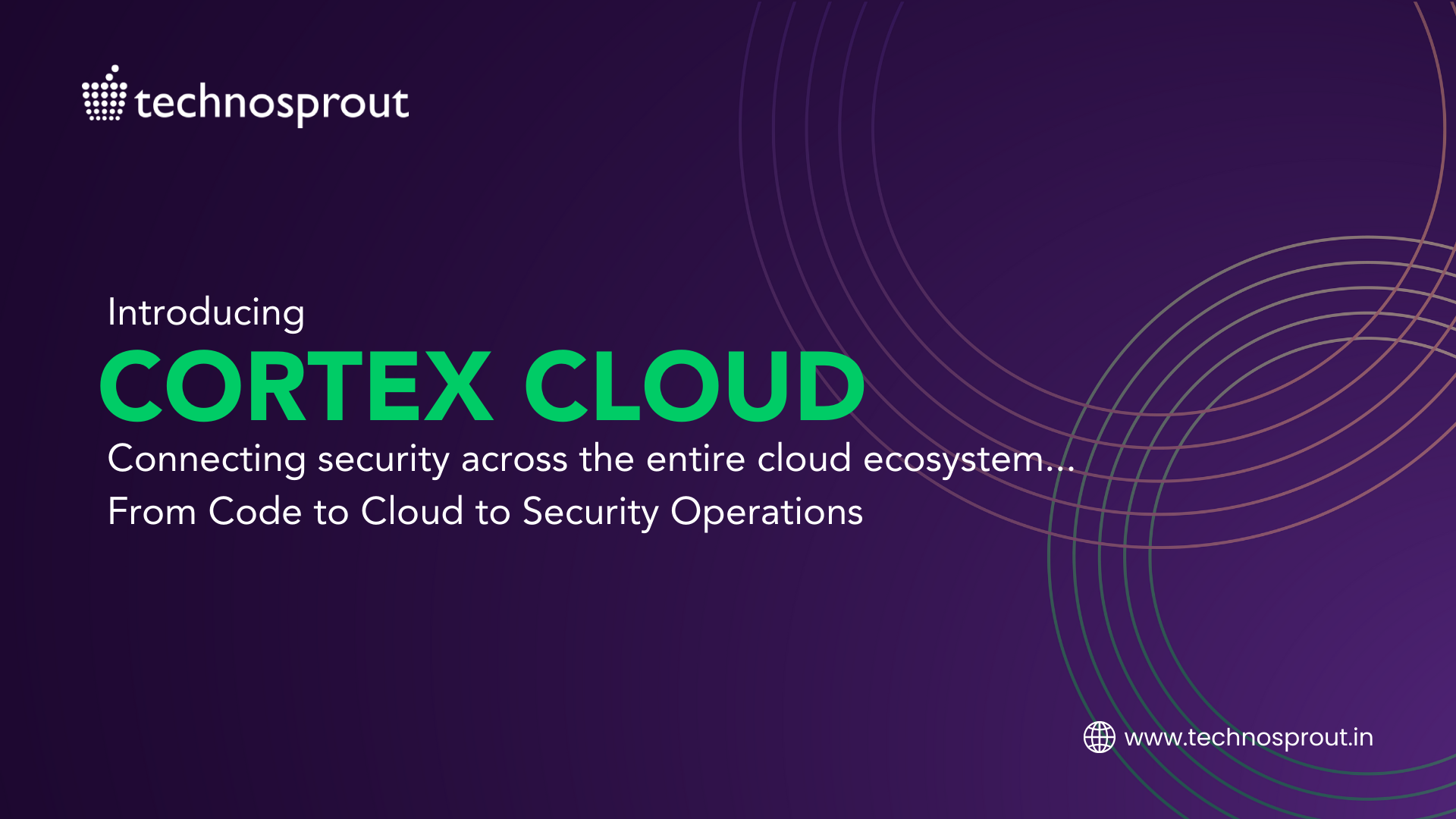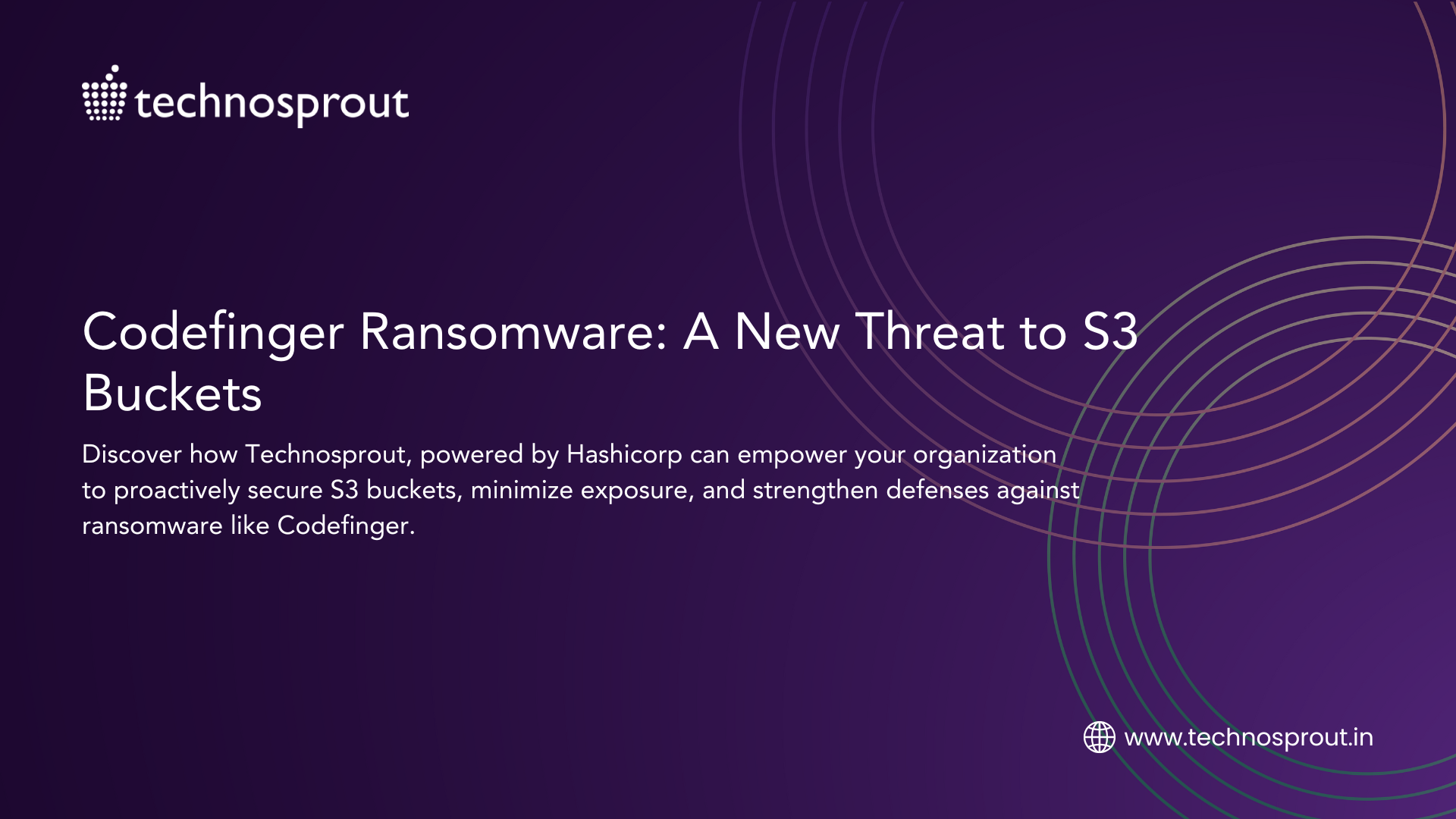In today’s security landscape, managing privileged access effectively is paramount to reducing cyber risks. Traditional privileged access methods, which grant standing privileges for prolonged periods, pose a significant threat to organizations, as they can lead to unauthorized access and data breaches. To tackle this issue, CyberArk offers a robust solution — Dynamic Privileged Access (DPA) — designed to enhance security while ensuring seamless access for users.
What is Dynamic Privileged Access (DPA)?
Dynamic Privileged Access (DPA) is a cloud-native, agentless SaaS solution by CyberArk that enables secure access to critical systems and applications while eliminating the risk associated with standing privileges. By utilizing Dynamic Privileged Access (DPA), organizations can enforce Zero Standing Privileges (ZSP) for operational accounts and apply stringent controls over vaulted system accounts across on-premises, hybrid, and cloud environments. With the ability to monitor and isolate sessions, DPA ensures that all access is auditable and compliant with organizational policies.
Key Features and Benefits of Dynamic Privileged Access (DPA)
1. Secure and Centralized Access Management
Dynamic Privileged Access (DPA) provides secure, native access to Windows, Linux, databases, and Kubernetes environments using either vaulted credentials or Zero Standing Privileges (ZSP). This ensures that privileged access is granted only when needed, reducing the attack surface and preventing over-provisioning of permissions.
2. Zero Standing Privileges (ZSP)
ZSP is a core principle of CyberArk’s DPA solution. It eliminates standing access by granting privileged access dynamically based on an authorized request and deprovisioning it as soon as the session ends. This model significantly reduces the risk of attackers exploiting dormant accounts or standing privileges.
3. Seamless User Experience
With VPN-less access and the ability to connect using the client of their choice, users such as system administrators, DevOps engineers, and application owners can securely access critical infrastructure. DPA integrates with Identity Providers (IDPs) to enforce Multi-Factor Authentication (MFA), ensuring that only authenticated users gain access to sensitive environments.
4. Minimal Footprint and Reduced Complexity
DPA’s lightweight, self-hosted connector minimizes deployment complexity and reduces total cost of ownership (TCO). It supports near-zero downtime for upgrades and includes built-in high availability and load balancing, ensuring continuous access without direct inbound connectivity to the organization’s environment.
5. Isolated and Monitored Sessions
All sessions initiated through DPA are fully isolated and monitored. The solution provides deep session insights, capturing activities such as SSH commands, SQL queries, and Kubernetes operations. This enables security teams to maintain complete visibility into user actions and identify anomalies or potential misuse in real-time.
How Does Dynamic Privileged Access Work?
The high-level architecture of DPA revolves around granting access only when needed, while keeping credentials secure and invisible to users. Here’s a step-by-step flow of how DPA facilitates secure access:
Vaulted Credentials Flow
- User Access Request: The user initiates a request to access a target system (e.g., Windows, Linux, database, or Kubernetes) using their preferred SSH, RDP, or database client.
- Authentication: The request is routed through DPA, which authenticates the user against the organization’s directory service or identity provider.
- Session Redirection: DPA provides access to the target based on the user’s permissions and control policies in CyberArk PAM’s vault. The session is redirected to the target without allowing any inbound connectivity into the organization’s environment.
- Session Management: The session is established for the duration specified in the DPA settings, with session activity being fully monitored and audited.
Zero Standing Privileges Flow
- Attribute-Based Access: For ZSP access, DPA authorizes the user using attribute-based access control policies. These policies define both the resources available and the level of privileges granted.
- Session Initiation and Termination: When a session is initiated, DPA dynamically provisions access based on the user’s role and permissions. Once the session ends, access is immediately deprovisioned, eliminating any standing privileges.
DPA Integration with Target Systems
DPA’s dynamic access provisioning and management work seamlessly across a variety of target systems:
- Linux: DPA generates and signs SSH certificates for each authorized connection, authenticating the user as a local user on the target machine. Each certificate is valid only for the session duration and is invalidated immediately after.
- Windows: DPA creates an ephemeral local user on the target machine for the duration of the session, ensuring that each session uses a unique identity.
- Databases: DPA manages access to databases by creating ephemeral database users or utilizing existing AD accounts based on the defined access policies. For each session, a new user identity is created and deleted once access is no longer needed.
Enhancing Security with DPA
Dynamic Privileged Access addresses the challenges of traditional privileged access management by enforcing Zero Standing Privileges, enabling secure remote access, and providing extensive session auditing capabilities. With its lightweight architecture, seamless user experience, and integration with existing identity and access management solutions, DPA empowers organizations to manage privileged access dynamically, enhancing security without disrupting business operations.
How can Technosprout help your organization?
Dynamic Privileged Access is the future of secure access management, providing organizations with the ability to control who accesses critical resources, when they access them, and under what conditions. By leveraging DPA, organizations can significantly reduce the risk of privilege misuse and enhance their security posture across hybrid and cloud environments.
Amidst a myriad of MSSP options in the market, why opt for Technosprout? How can we help? What sets us apart?
Achieving cyber confidence begins with a solid strategy and governance. Technosprout leverages an “Assess, Design, Implement and Manage” four-pronged approach that leads organizations methodically through business transformation throughout the lifecycle
Our managed security services provide customized, comprehensive solutions, addressing specific business needs strategically along with the best certified experts and an experience of 7+ years in the market.
Don’t let your organization be the next target. Empower your organization and secure your identity. We help implement DPA solutions to not only fortify the organization’s defenses but also streamline access management, enabling secure, controlled, and compliant access to the most critical assets. Contact Us Now!





